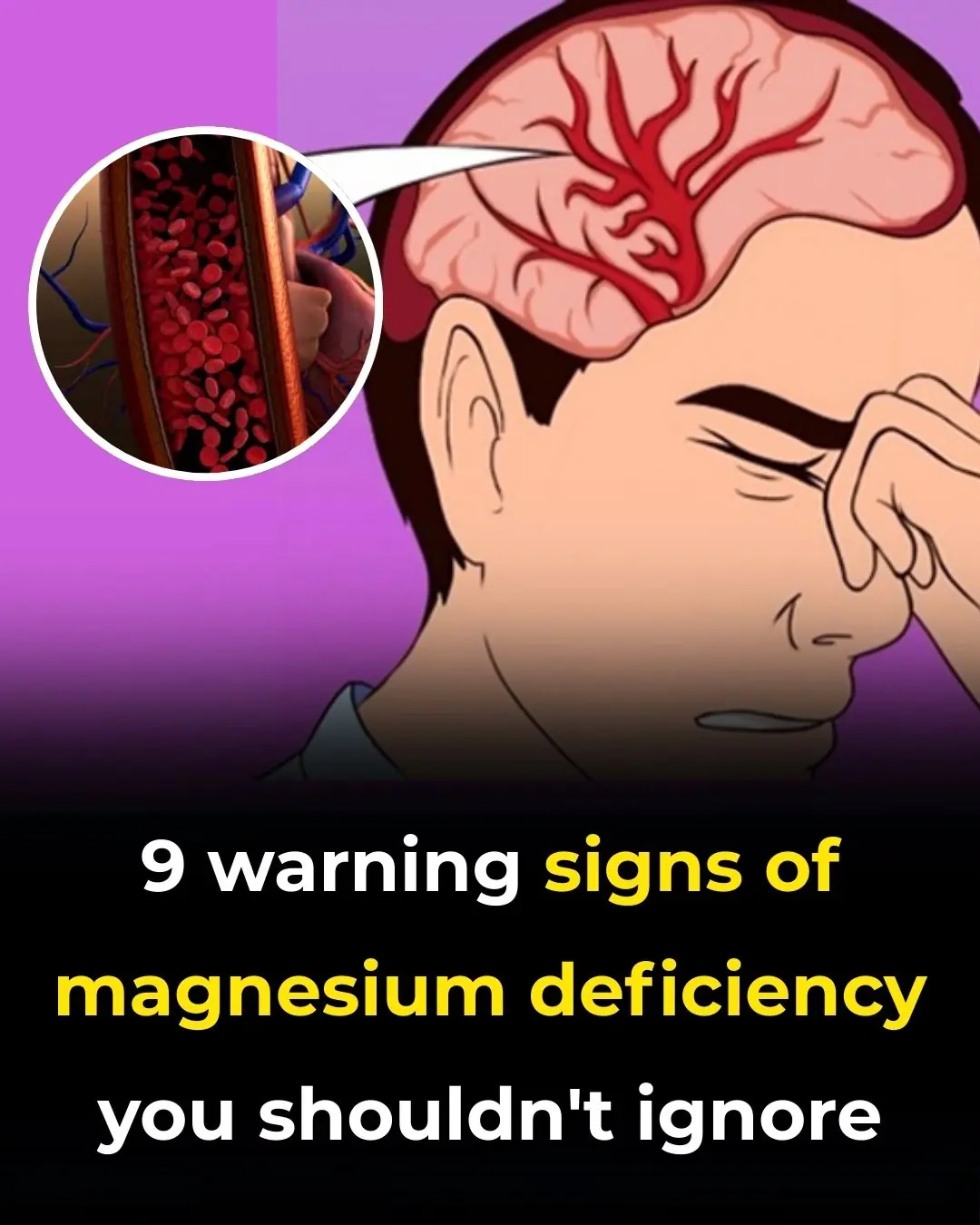
There’s a “Second Heart” Located in Your Calves—and It Plays a Crucial Role
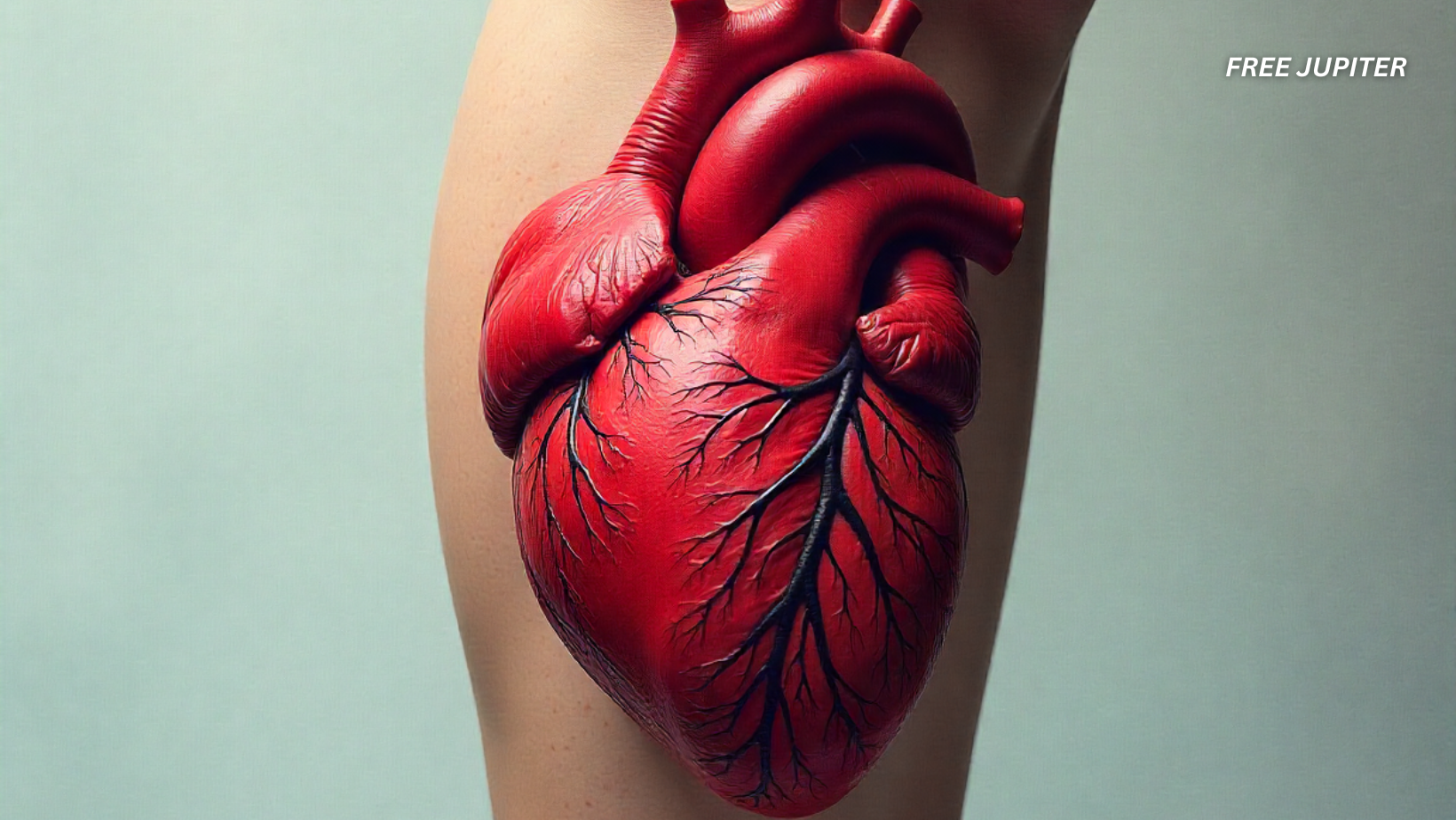
We usually think of the heart as a solitary hero, tirelessly pumping blood to keep us alive. But what if we told you there’s a second heart in your body, quietly working alongside the first one—nestled deep in your lower legs?
Introducing the soleus muscle: an unsung circulatory sidekick located in your calves. While it doesn’t beat rhythmically like your chest-bound heart, this muscle plays a critical supporting role in your circulation—especially in pushing blood from your lower limbs back toward the heart. Because of its vital function, scientists and doctors often call it the body’s “peripheral heart.”
Let’s take a closer look at this fascinating muscular pump—and why keeping your calves active might be one of the smartest health decisions you can make.
What Exactly Is the Soleus Muscle?
The soleus is a flat, powerful muscle tucked beneath the larger, more visible gastrocnemius (the bulging calf muscle). Though less flashy in appearance, the soleus is built for endurance, not speed—and it’s constantly engaged when you stand, walk, or even shift your weight.
Unlike muscles designed for bursts of movement, the soleus specializes in sustained, low-intensity contractions. This makes it uniquely suited to aid circulation. Every time it contracts—especially when you’re upright—it squeezes the veins in your legs, helping push blood upward, back toward your heart, against the force of gravity.
You can think of it as a biological pump, helping to circulate blood from your legs much like a water pump moves liquid uphill.
Why This Muscle Matters More Than You Think
If your soleus muscle stays inactive too long, blood begins to pool in the lower extremities. This stagnation can lead to several health issues, including:
-
Swelling (edema) in the feet and ankles
-
Varicose veins, caused by weakened or damaged valves in the veins
-
Chronic venous insufficiency, where blood struggles to return to the heart
-
Deep vein thrombosis (DVT), a potentially life-threatening blood clot
These aren’t issues reserved only for the elderly or chronically ill—they can affect anyone who spends long hours sitting or standing without moving.
In short: your calves are doing more than helping you tiptoe or run—they’re playing a direct role in your survival and vascular health.
When the “Second Heart” Goes Offline
Here’s the catch: the soleus muscle only activates with movement. If you're sitting still for hours—whether at a desk, on a long flight, or during a Netflix binge—your calf muscles remain passive. No contractions = no pumping = slowed circulation.
Even standing still for too long can be problematic. People who work on their feet—like cashiers, nurses, teachers, and factory workers—often report leg fatigue or swelling. It’s not the standing that causes the problem; it’s the lack of dynamic movement.
Movement is the switch that powers your second heart.
How to Wake Up Your Calf Pump (And Keep It Happy)
The good news? Keeping your second heart active is easy and doesn’t require gym sessions or workout gear. With just a few conscious choices during the day, you can drastically improve blood flow, reduce fatigue, and even support other aspects of your health—like blood sugar control and lymphatic drainage.
Here are five simple strategies that pack a surprisingly powerful punch:
1. Walk With Purpose (or Even Without It)
Walking is the most natural way to activate your calf pump. Every step contracts the soleus, pushing blood upward.
Even short walks—2 to 3 minutes every hour—can dramatically improve circulation and reduce the risk of swelling or clot formation.
Ways to sneak in movement:
-
Take the stairs instead of the elevator.
-
Park farther away from entrances.
-
Walk during phone calls or virtual meetings.
-
Do a few laps around your house or office every hour.
Even pacing during conversations or walking in place helps. Movement doesn’t need to be structured to be effective.
2. Toe Raises: A Tiny Move With Major Benefits
When walking isn’t an option, toe raises can activate your soleus and gastrocnemius with minimal effort.
How to do it:
-
Stand or sit with your feet flat.
-
Lift your heels off the floor, keeping toes down.
-
Pause, then slowly lower your heels.
-
Repeat 10–15 times, several times per day.
This small movement mimics walking’s effects on blood flow and can be done almost anywhere—even while brushing your teeth or waiting in line.
Bonus: Try single-leg raises or hold light weights to make it more challenging.
3. Seated Soleus Pulses: Desk-Friendly and Research-Backed
Recent studies have explored a seated movement called soleus pushups—a small, repeated heel raise that targets only the soleus muscle. Surprisingly, even this gentle motion can deliver measurable cardiovascular and metabolic benefits, especially for those with sedentary lifestyles.
How to do it:
-
Sit with knees at 90 degrees and feet flat.
-
Lift your heels while keeping toes and balls of feet down.
-
Lower slowly and repeat for 5–10 minutes.
This exercise is especially valuable for older adults, office workers, or those with limited mobility. And yes, it’s even been shown to help with blood sugar regulation.
4. Leg Elevation: Let Gravity Work in Your Favor
At the end of the day, give your veins a break. Elevating your legs above heart level helps reverse fluid buildup and reduces the load on your calf pump.
Try this:
-
Lie on your back with legs propped up on a couch or pillows.
-
Do the yoga pose "Legs-Up-the-Wall" (Viparita Karani).
-
Rest your legs on a chair or coffee table during TV time.
Even 15–20 minutes of elevation per day can reduce swelling, ease soreness, and improve vein health.
5. Compression Socks: A Squeeze of Support
Compression socks gently compress your lower legs, helping veins move blood upward more effectively. They’re especially helpful for:
-
People with varicose veins
-
Pregnant individuals
-
Long-distance travelers
-
Athletes and workers on their feet all day
Choose the right compression level (measured in mmHg) and fit for your needs. Some are medical-grade, while others are more casual or athletic. Either way, they provide continuous support when your muscles can’t move.
Real-Life Examples: When Small Changes Make a Big Difference
-
A desk worker who experiences daily ankle swelling starts doing toe raises every hour and notices less fatigue within a week.
-
A frequent flyer adds compression socks and aisle walks to their travel routine and reduces their DVT risk on long-haul flights.
-
A retail employee begins doing seated soleus contractions during breaks and finds that their post-shift leg soreness significantly decreases.
Sometimes, the simplest tweaks yield the biggest long-term benefits.
The Takeaway: Movement Is Medicine for Your Second Heart
The soleus muscle may not be as famous as the heart in your chest, but it plays a crucial role in keeping your body running smoothly. It pumps blood, supports circulation, and guards against potentially dangerous conditions—all without you even noticing.
And the best part? Activating it doesn’t require a fitness plan, expensive gear, or hours of training. It just takes movement.
So if you’re sitting right now, take this as your cue: get up, take a few steps, stretch, or lift your heels. Your second heart is waiting to help you feel better, move better, and live healthier.
Your real heart will thank you for it, too.
News in the same category

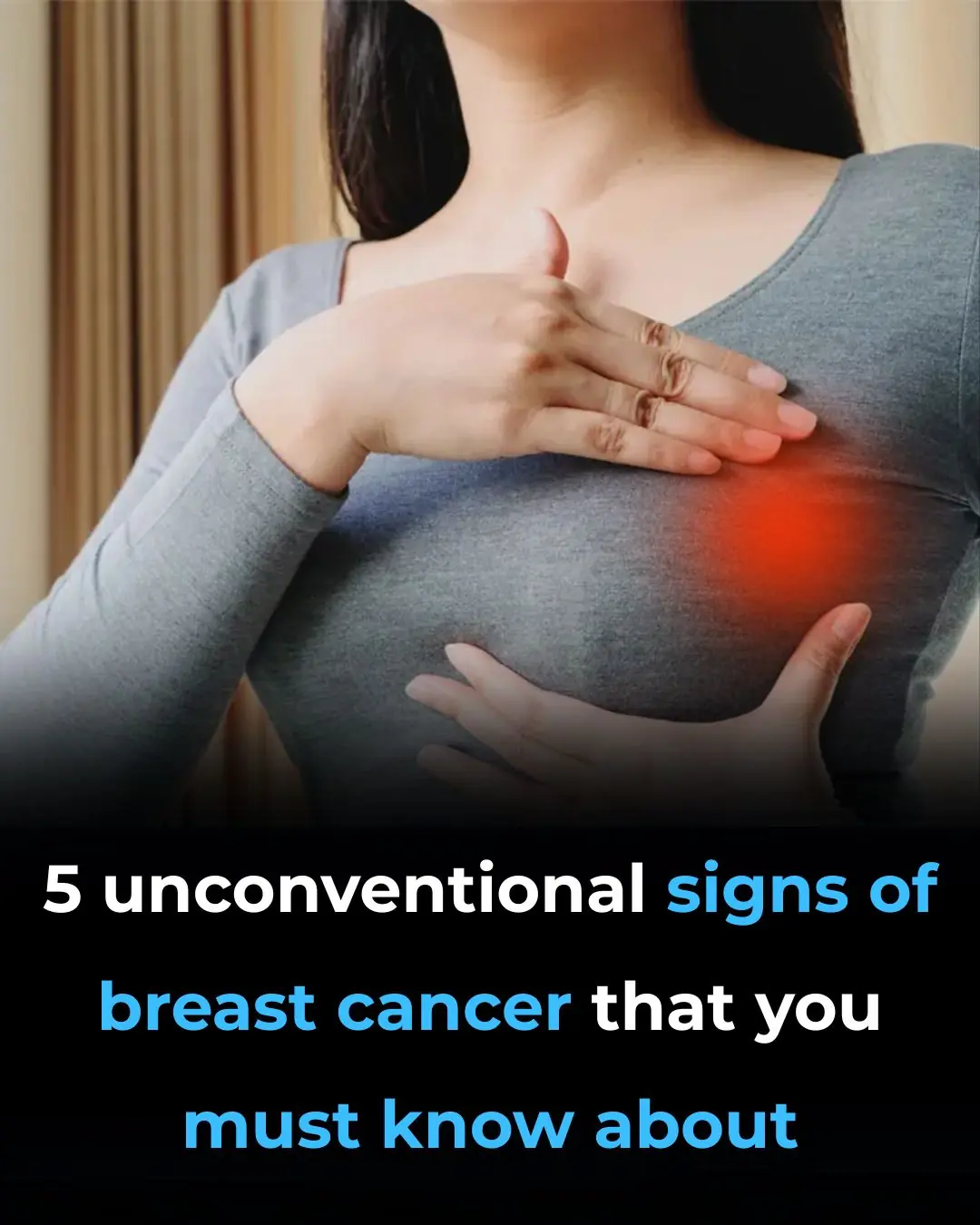
5 Unconventional Signs of Breast Cancer That You Must Know About
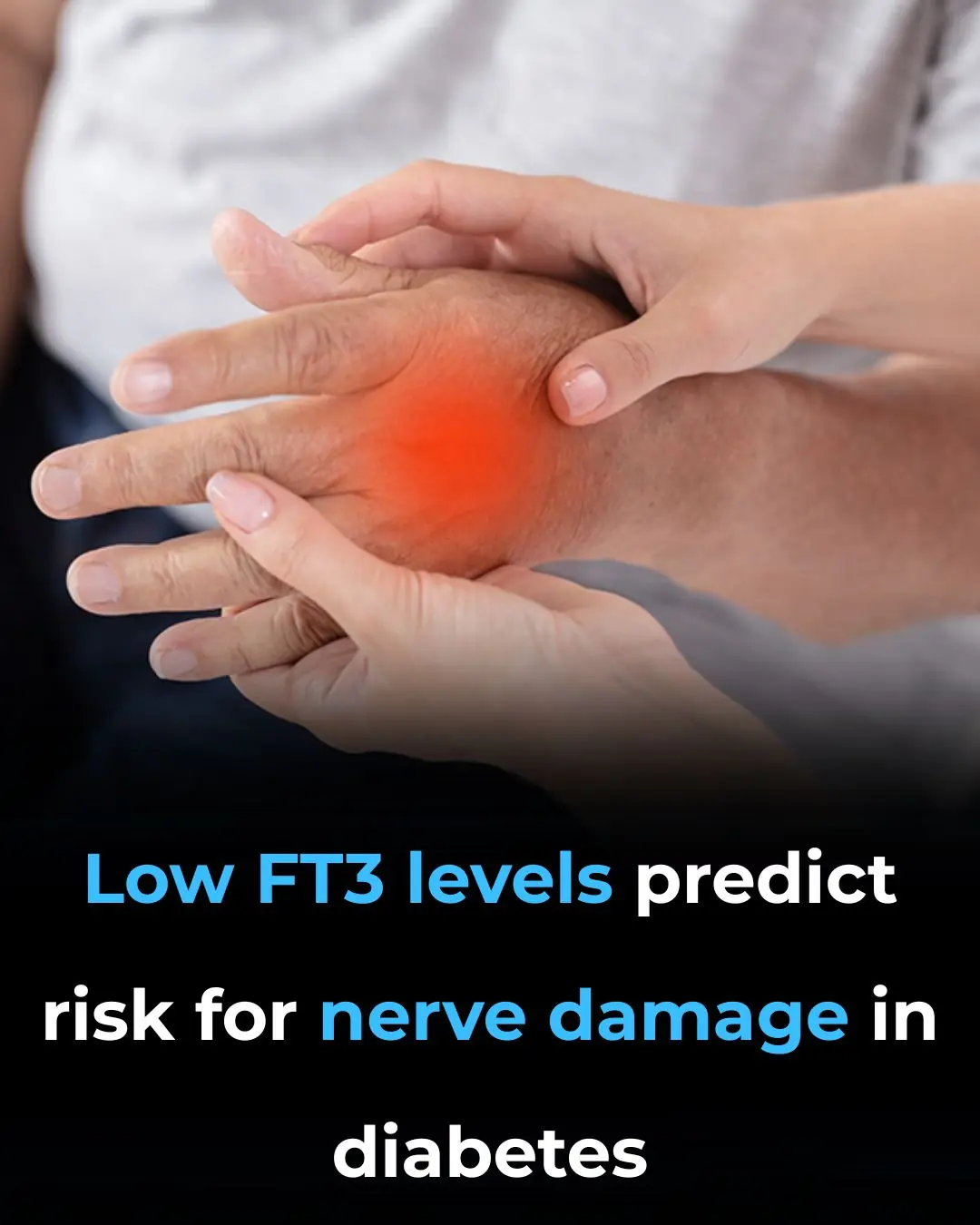
Low FT3 Levels Predict Risk for Nerve Damage in Diabetes
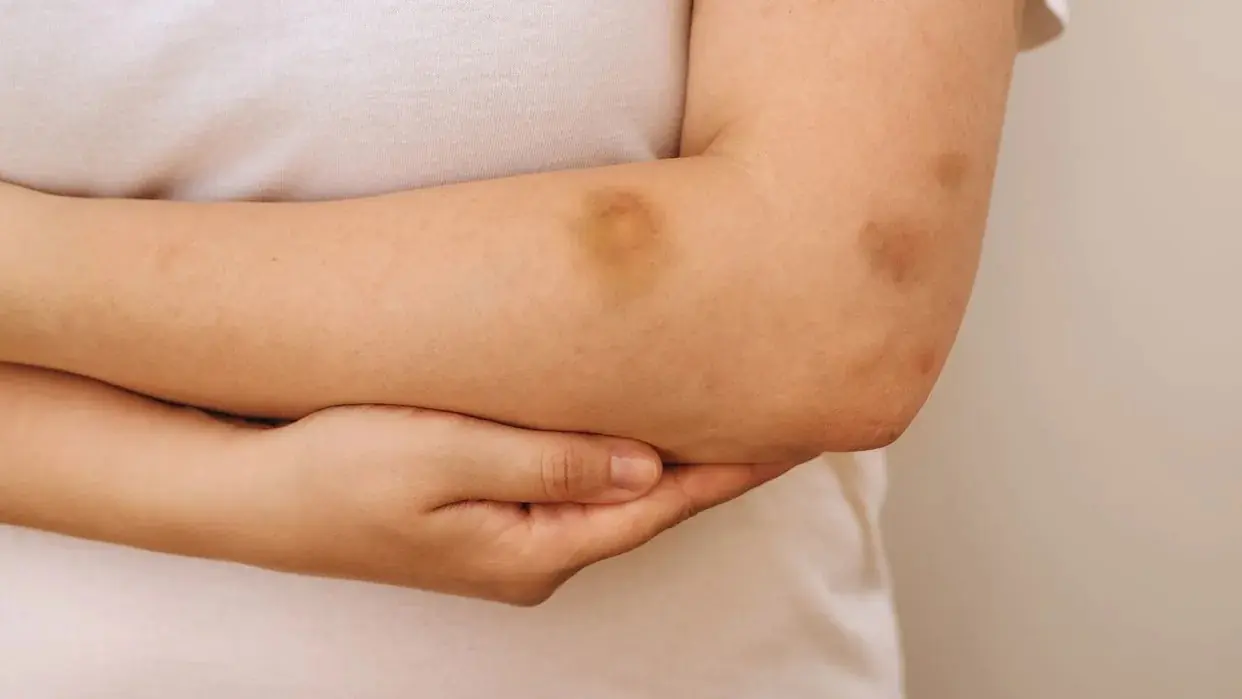
Doctors Urge: Don’t Ignore Unexplained Bruising — These Hidden Reasons Could Be the Cause
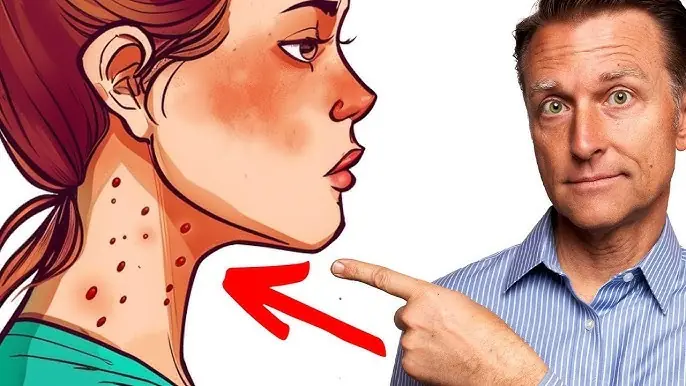
12 Urgent Warning Signs You’re Eating Too Much Sugar
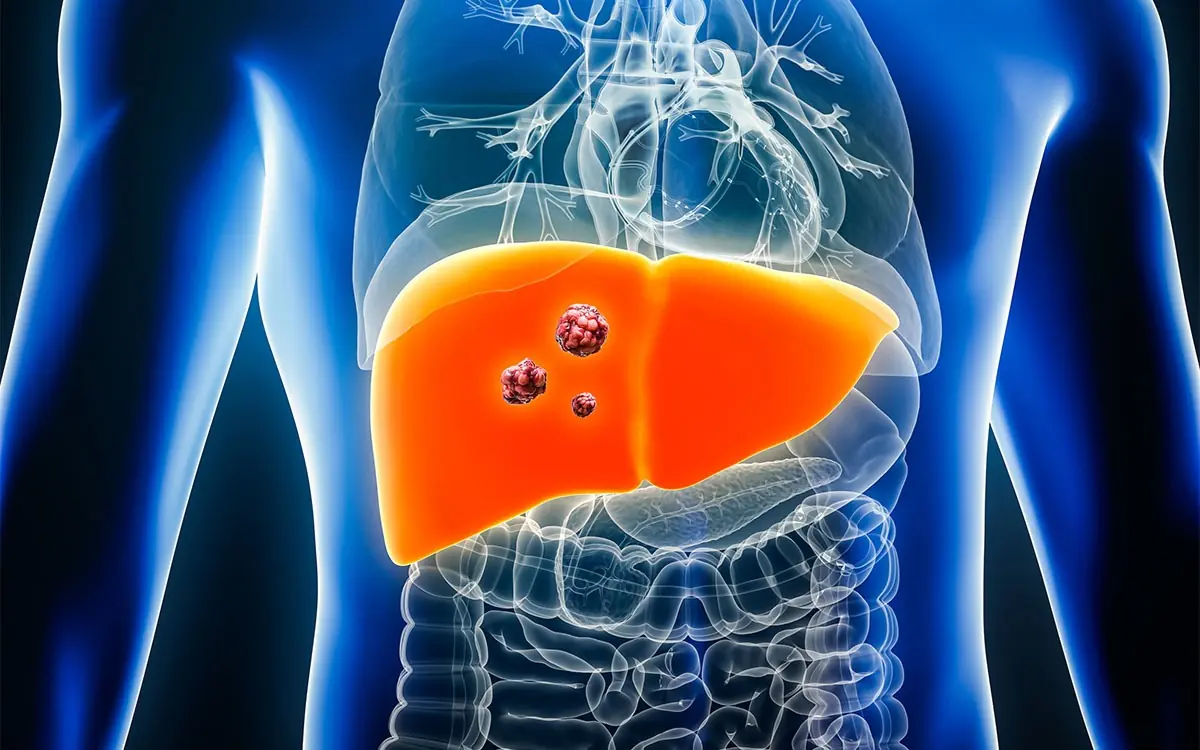
5 Common Habits Silently Destroying Your Liver (Most People Do Them!)
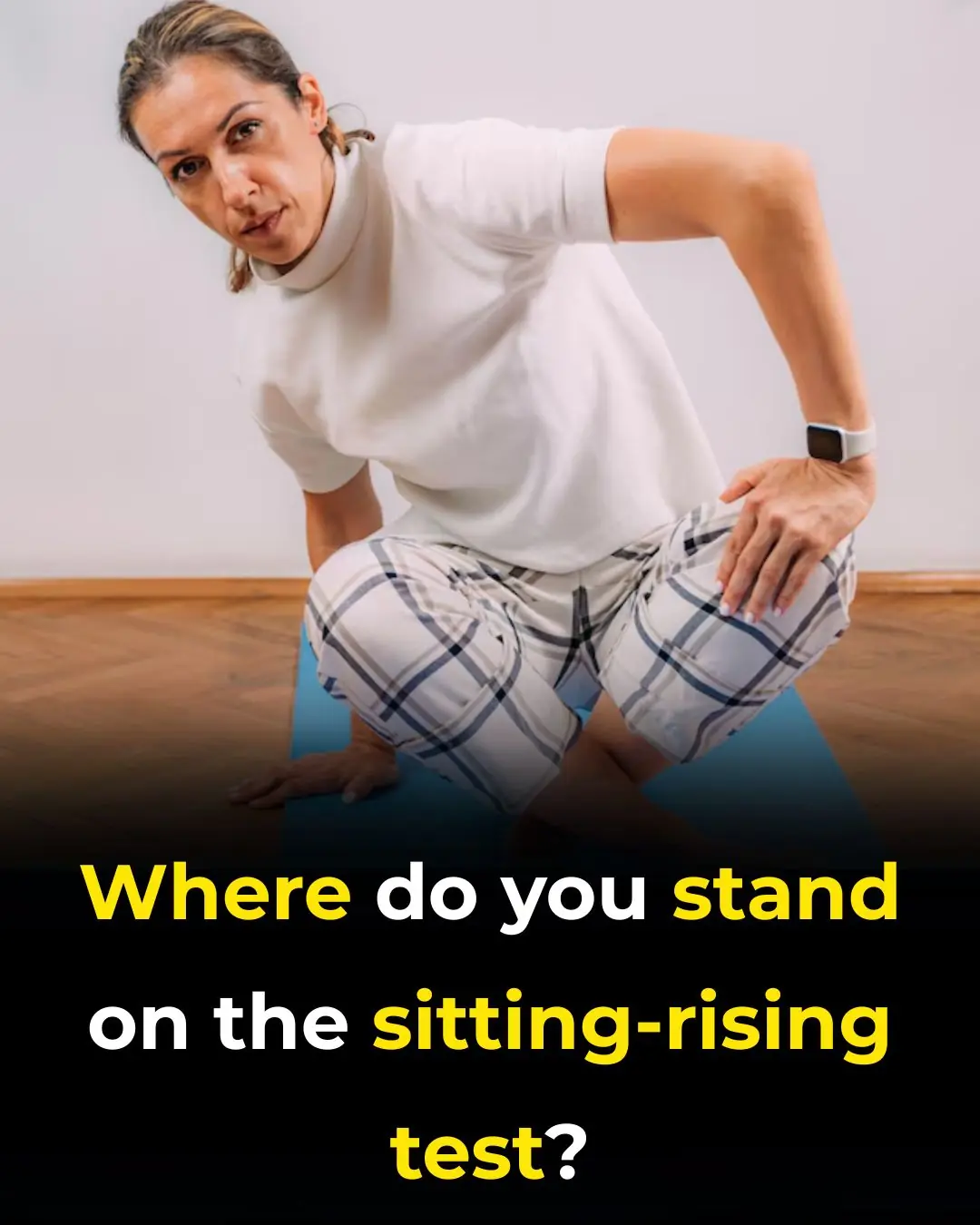
Where Do You Stand on the Sitting-Rising Test?
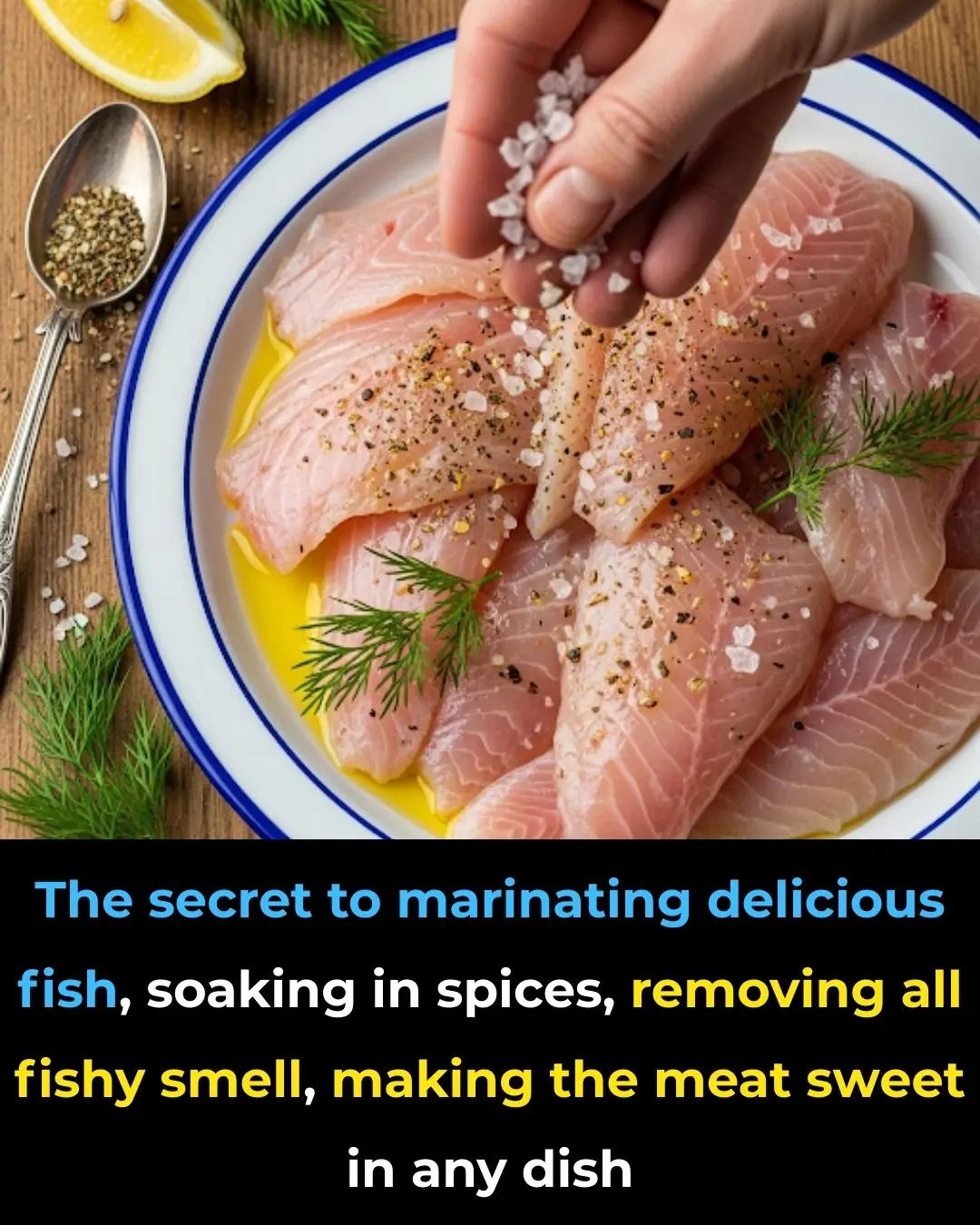
The Ultimate Guide to Marinating Fish
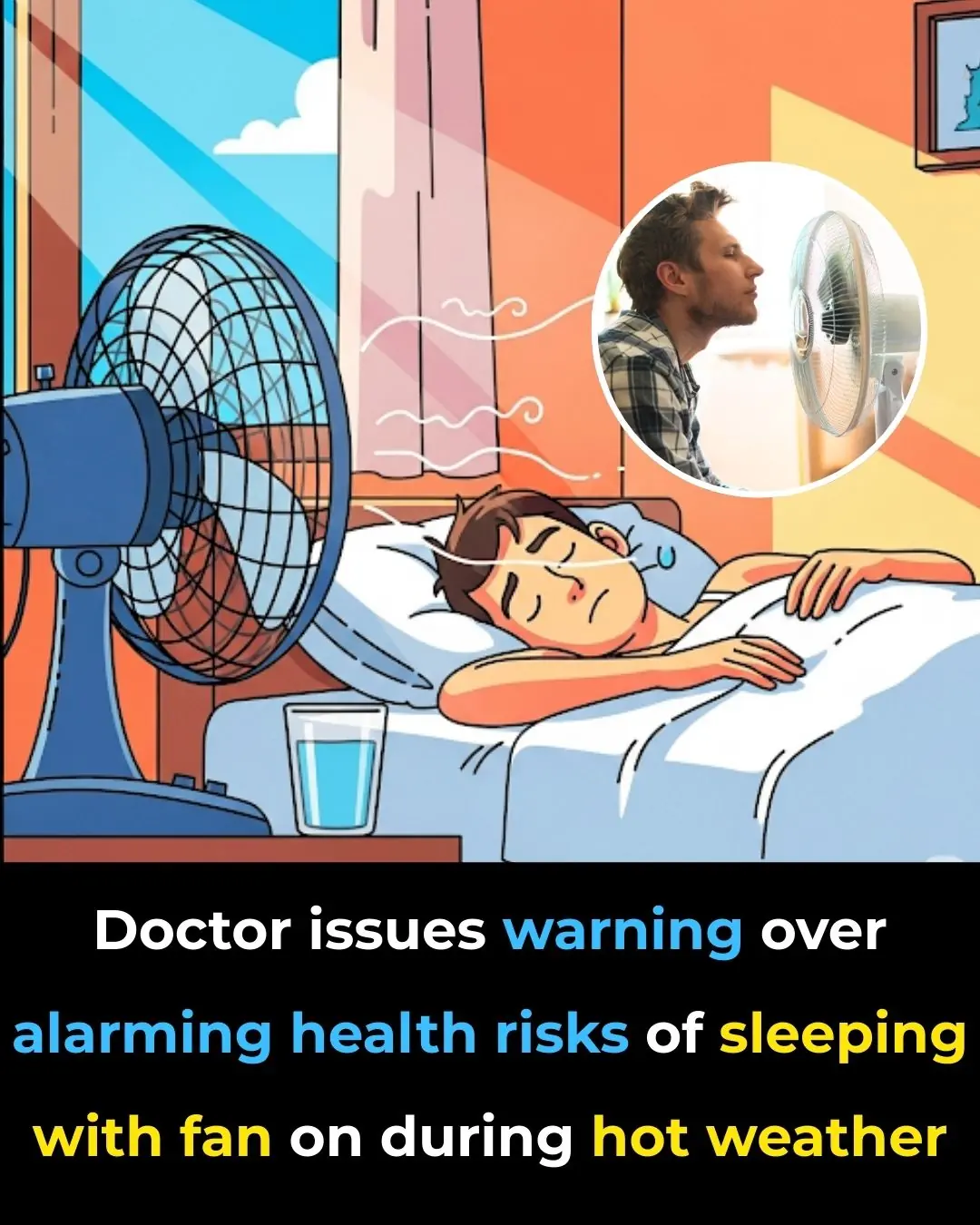
The Pros and Cons of Sleeping with a Fan On
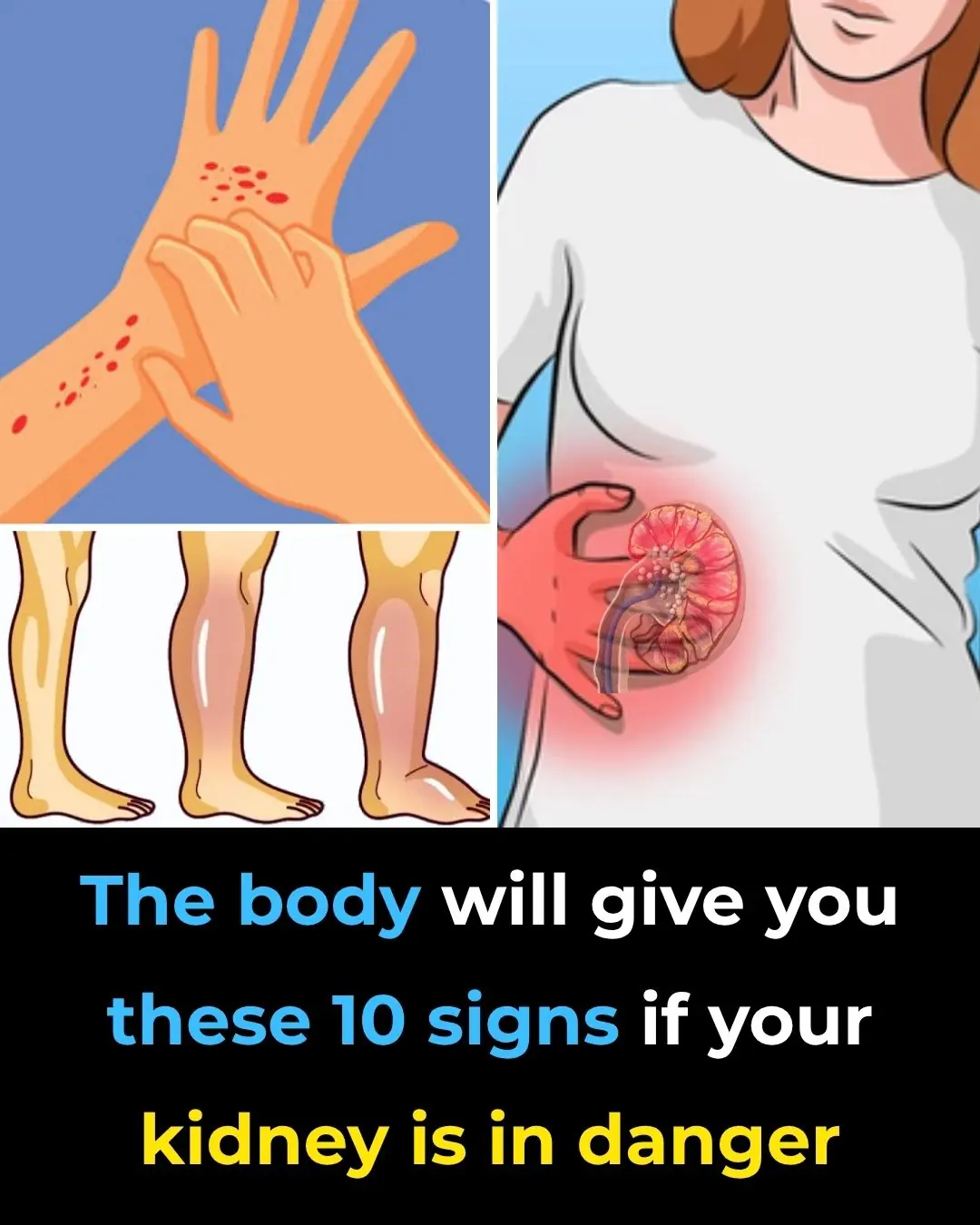
10 Symptoms of Kidney Disease
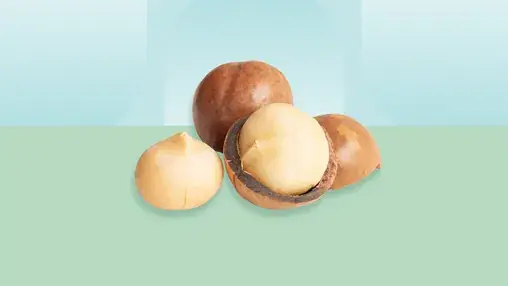
5 Potential Health Benefits of Macadamia Nuts
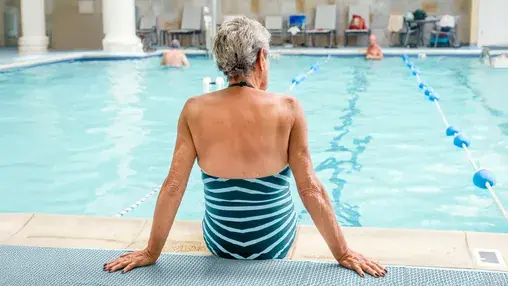
How to Exercise Safely When You Have Atrial Fibrillation
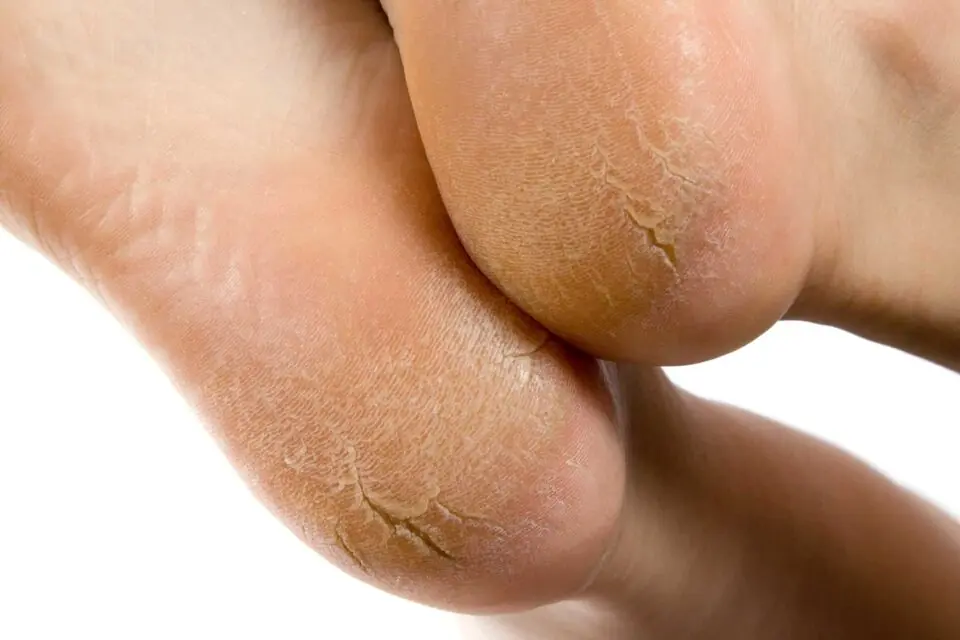
How to Get Rid of Dead Dry Skin on Feet
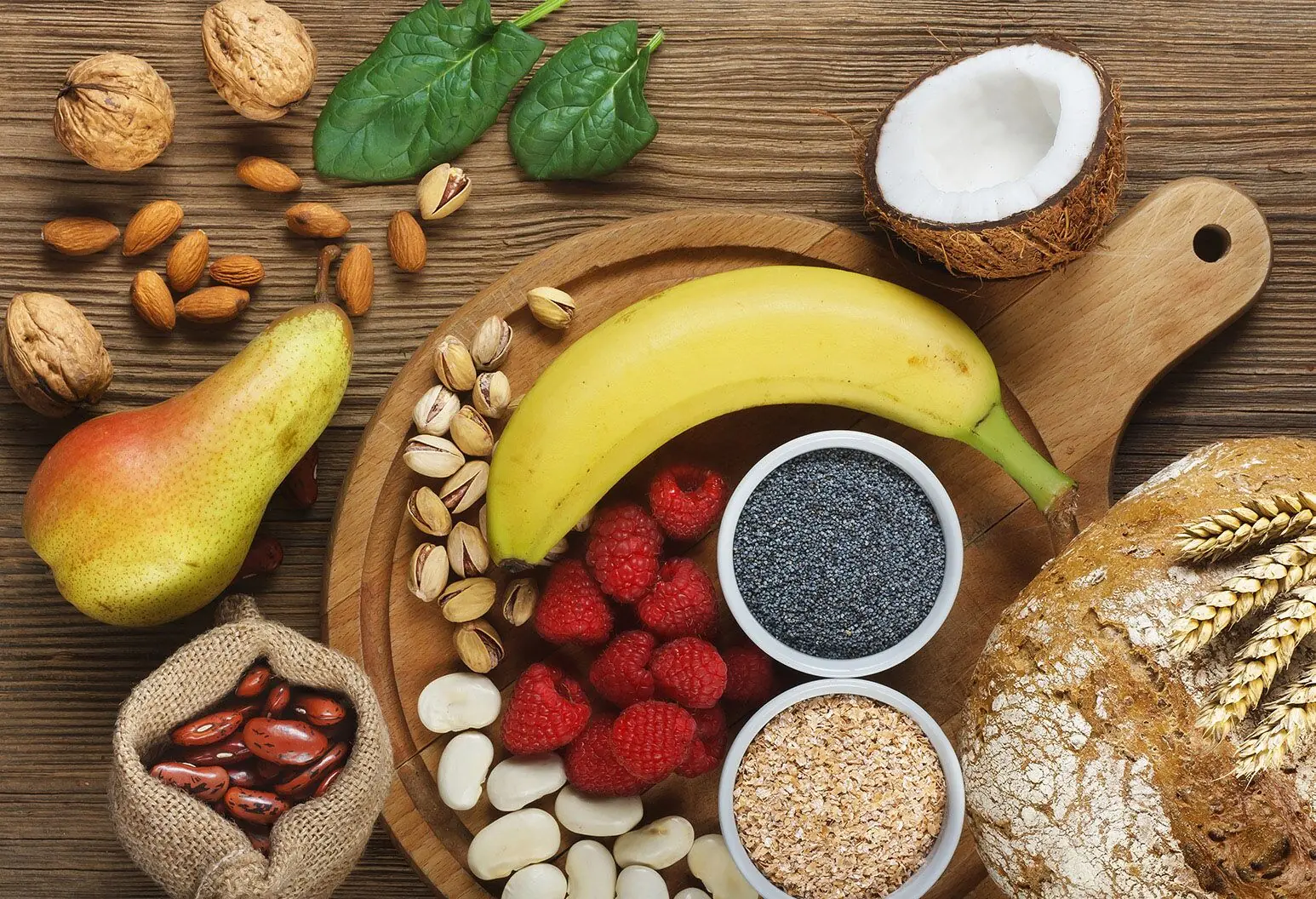
Foods to Eat if You Need to Poop – The Best Natural Laxatives
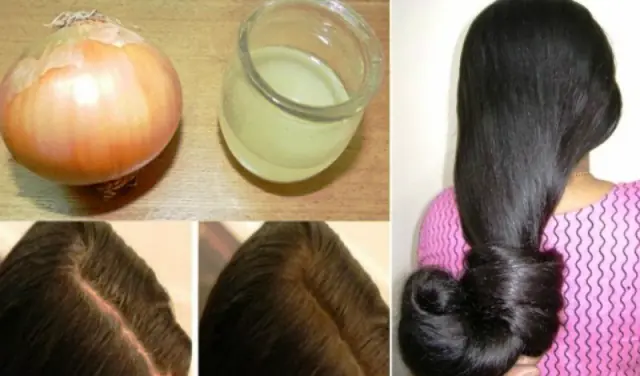
How to Make Onion Juice for Hair Growth & Strong Hair
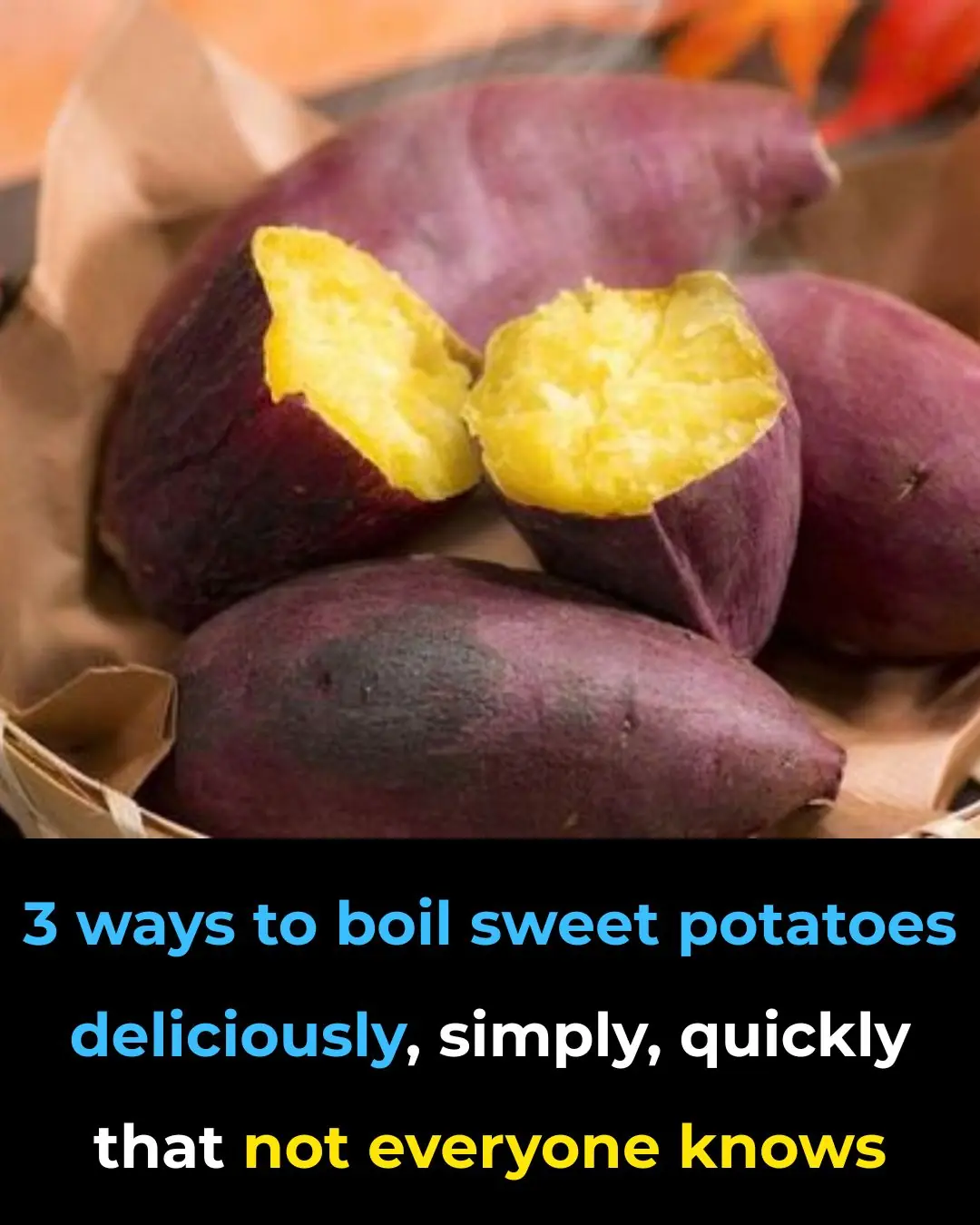
3 Best Ways to Boil Sweet Potatoes for Maximum Flavor
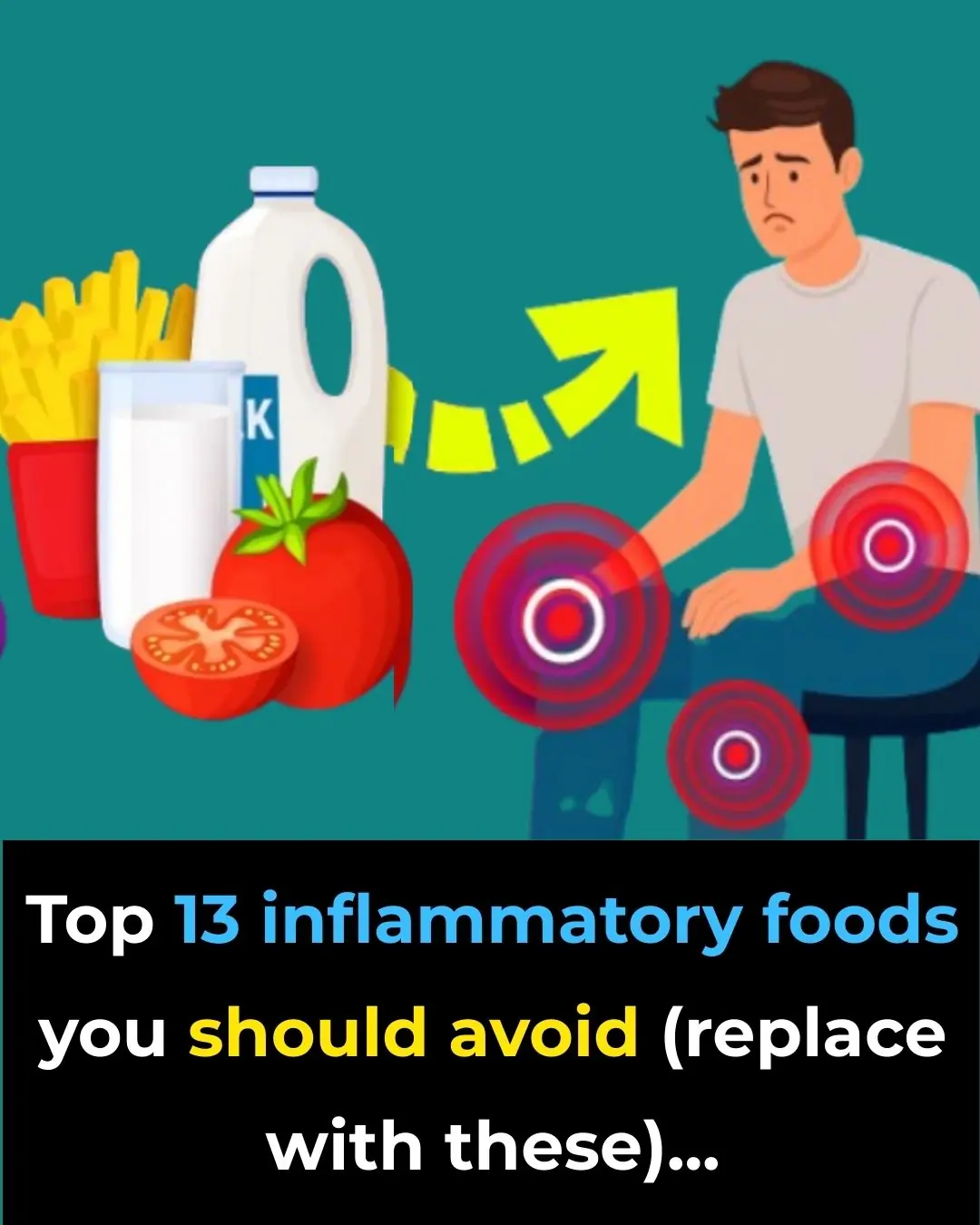
Top 13 Inflammatory Foods You Should Avoid (Replace with These)
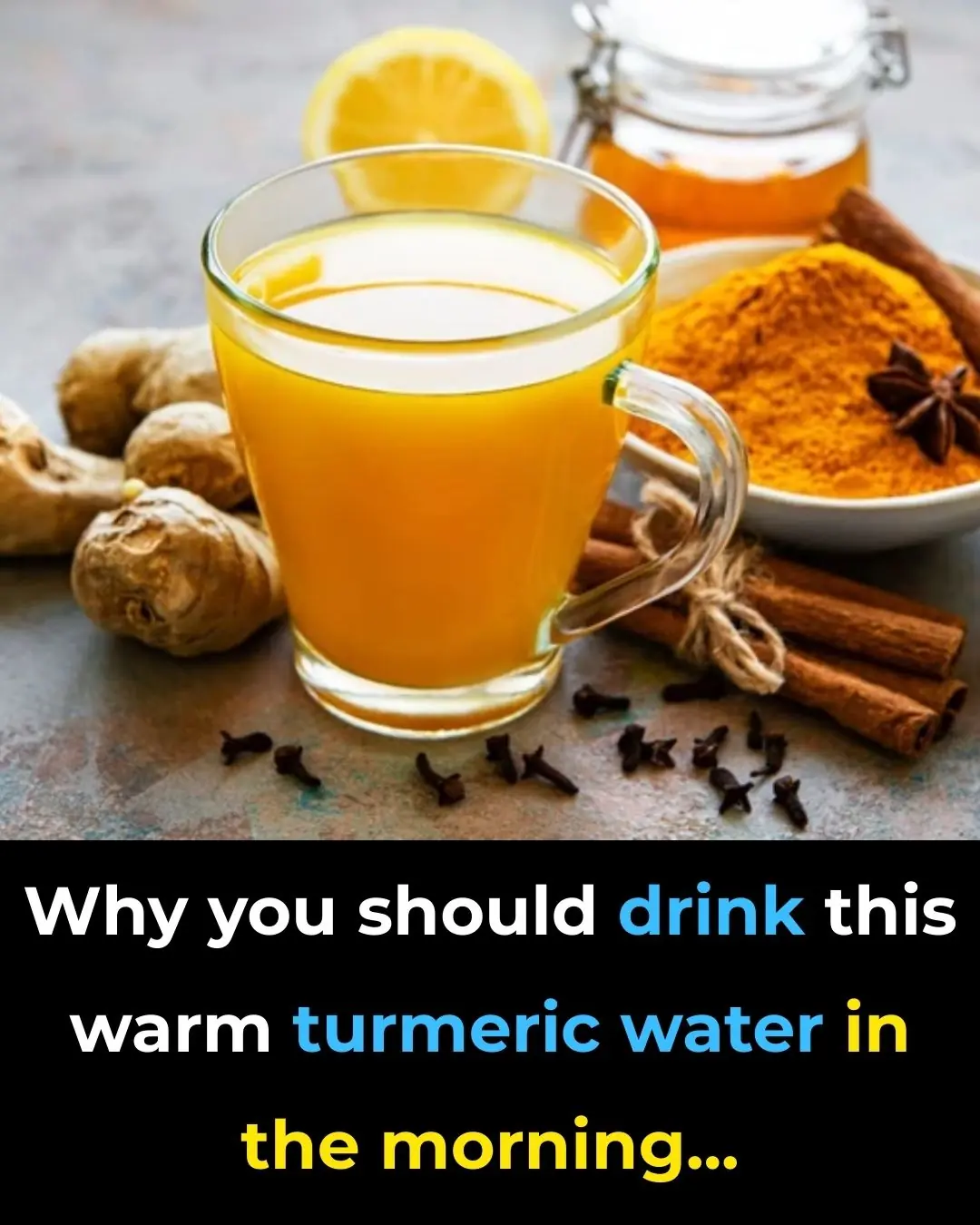
Why You Should Drink THIS Warm Turmeric Water In The Morning
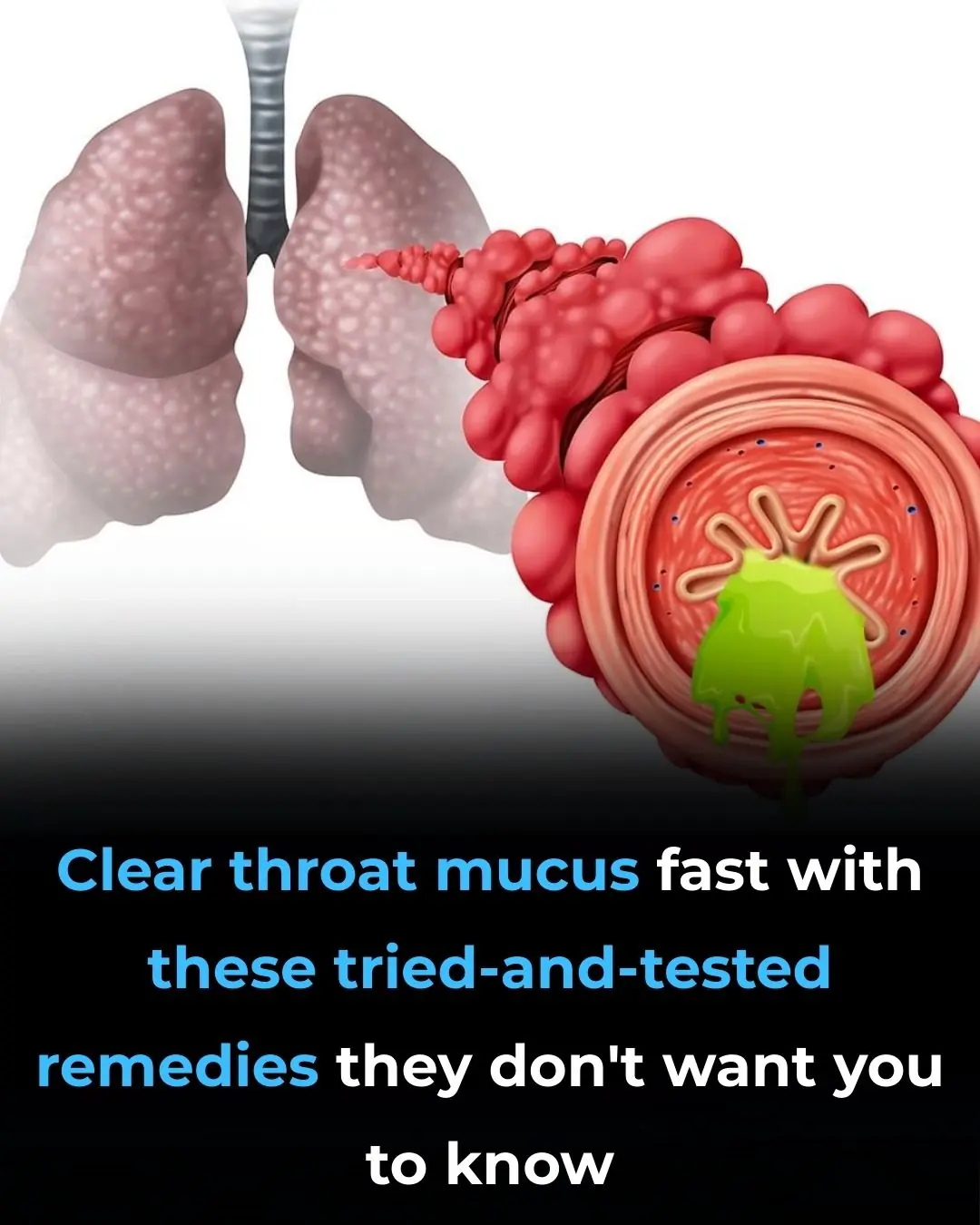
14 Warning Signs of Low Magnesium Levels and What to Do About It (Science Based)
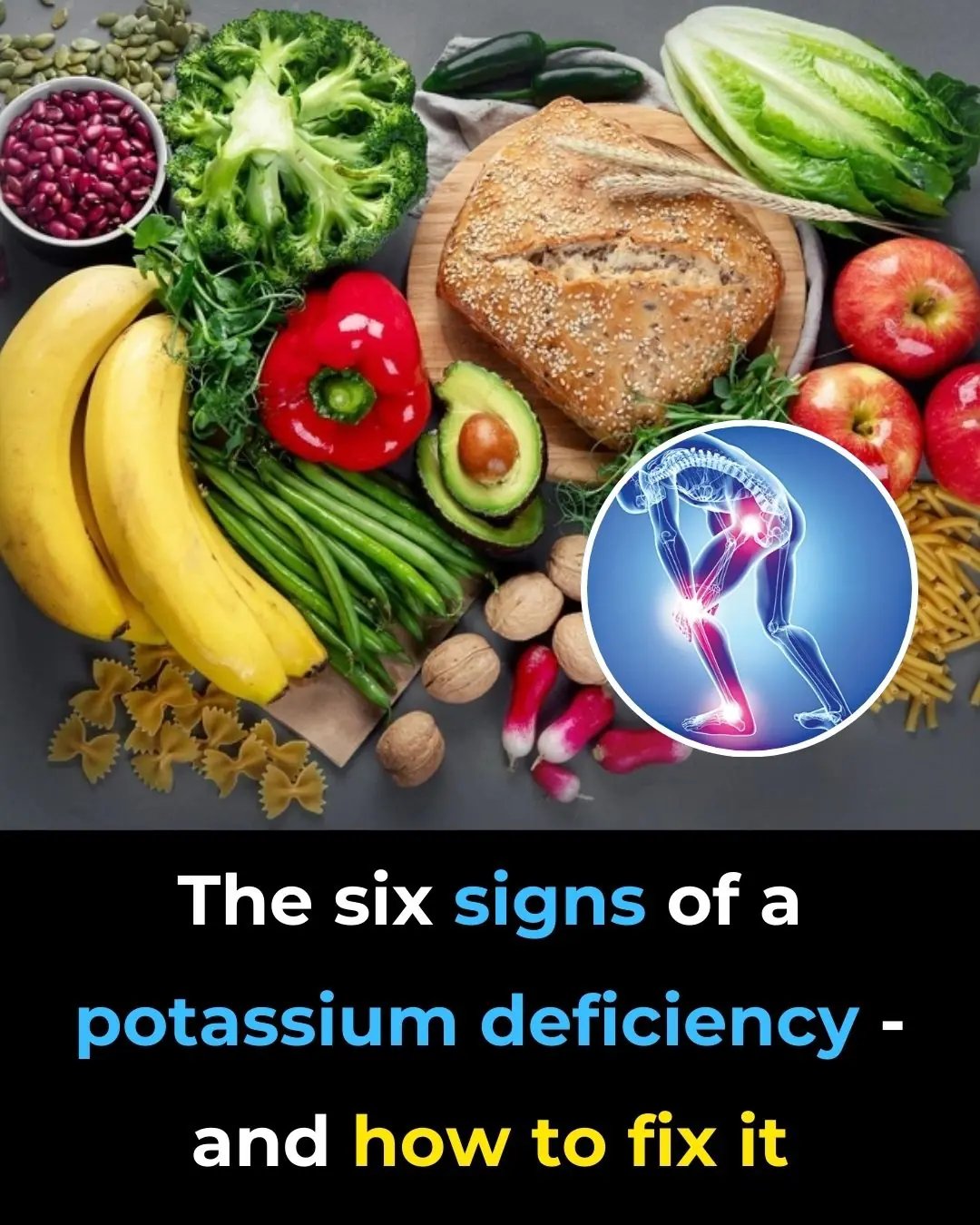
The Six Signs Of A Potassium Deficiency – And How To Fix It
News Post

14 Warning Signs of Low Magnesium Levels and What to Do About It (Science Based)

5 Unconventional Signs of Breast Cancer That You Must Know About

Low FT3 Levels Predict Risk for Nerve Damage in Diabetes

Doctors Urge: Don’t Ignore Unexplained Bruising — These Hidden Reasons Could Be the Cause

12 Urgent Warning Signs You’re Eating Too Much Sugar

5 Common Habits Silently Destroying Your Liver (Most People Do Them!)

Where Do You Stand on the Sitting-Rising Test?

The Ultimate Guide to Marinating Fish

The Pros and Cons of Sleeping with a Fan On
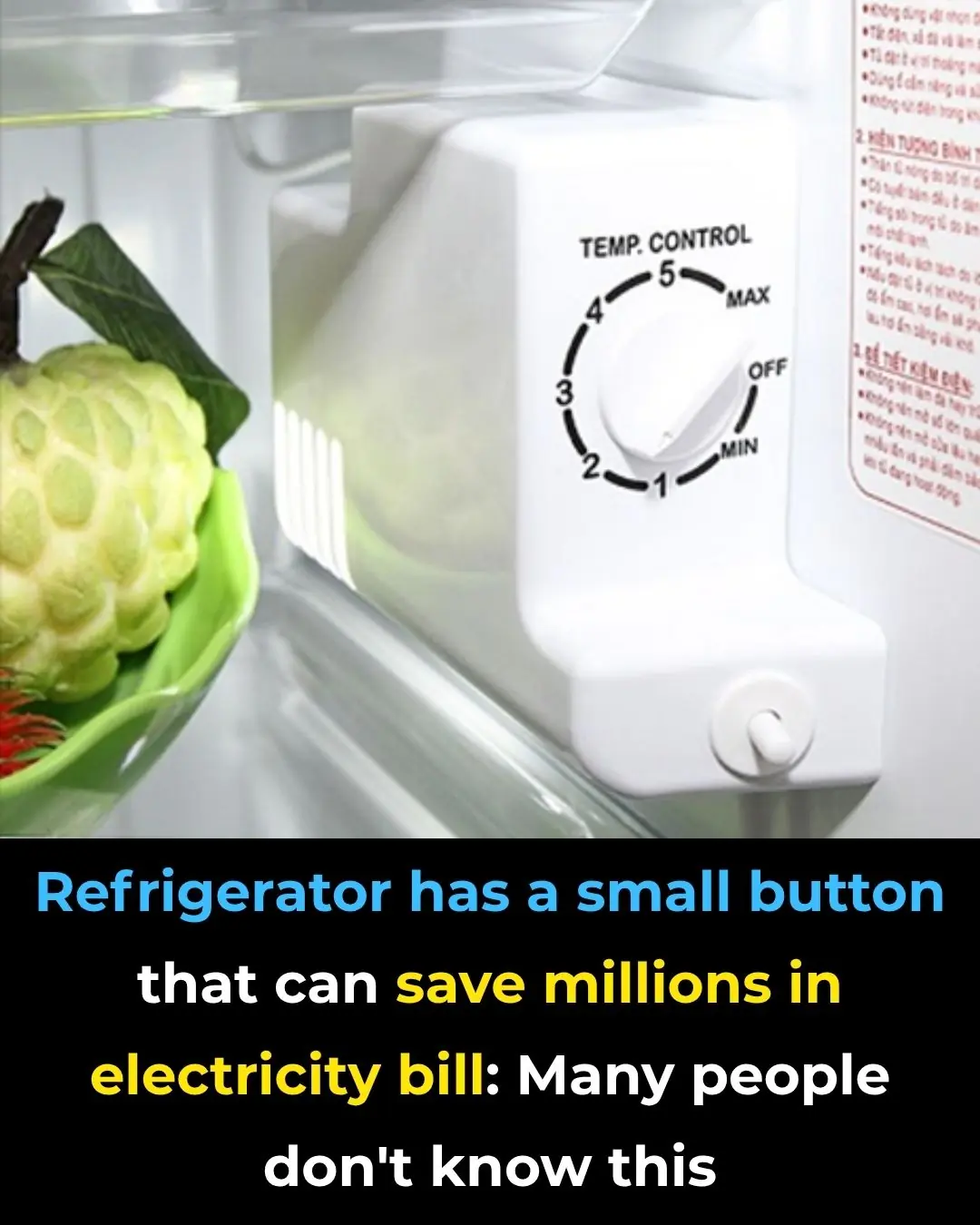
One Button, Big Savings: Cut Energy Costs with Every Wash

10 Symptoms of Kidney Disease

10 Types of Toxic Friends to Avoid
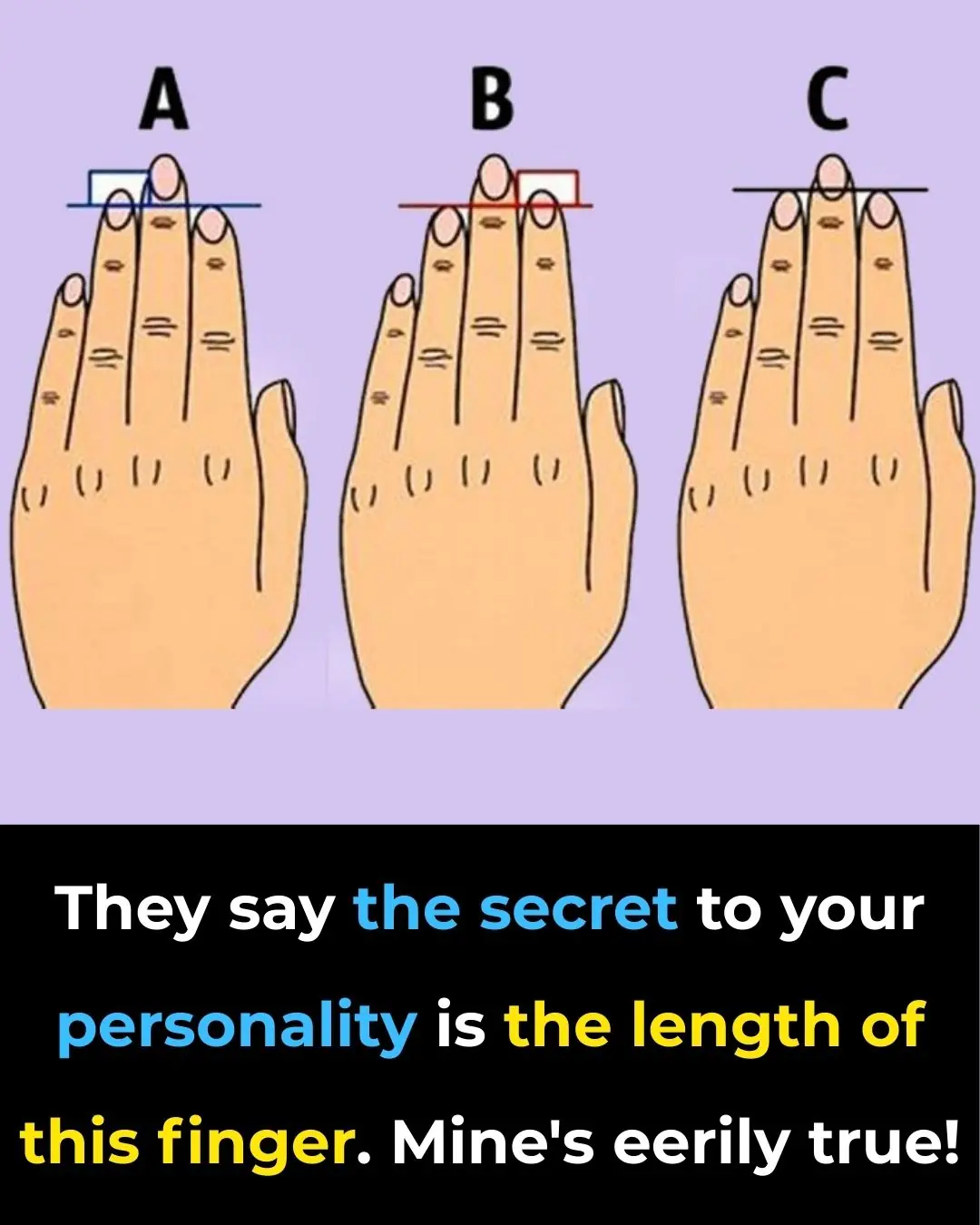
Index Finger Length: Personality and Fortune

5 Potential Health Benefits of Macadamia Nuts

How to Exercise Safely When You Have Atrial Fibrillation

How to Get Rid of Dead Dry Skin on Feet

Foods to Eat if You Need to Poop – The Best Natural Laxatives

How to Make Onion Juice for Hair Growth & Strong Hair

3 Best Ways to Boil Sweet Potatoes for Maximum Flavor
